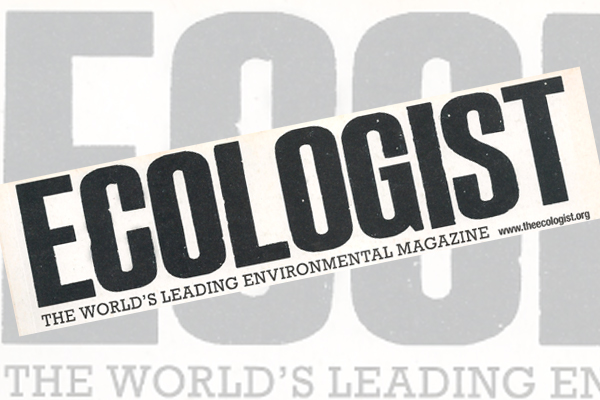Editorial: Gimme Shelter

This thing that we call ‘reality’ has suddenly become much more complex. As the challenges of global warming come at us thick and fast, we are daily coming face to face with our very human limitations in terms of our capacity to order the world around us. We are also forced to acknowledge the limitations of the systems we have created – cultural, economic, political and philosophical – to cope with massive, and rapid, change.
These limitations have given rise to several taboos; issues so emotive and difficult that no-one wants to talk about them. Population control is one. That the global population is growing at a rate that the earth cannot sustain is fact, not fiction. Yet few want to be the first to say we have to stop populating in such an irresponsible way.
Built environment is another. We think of cities and towns as permanent structures – a belief that will sorely be tested as sea levels rise. Where do we build, and how do we build to adapt to the consequences of a changing climate? This month we examine the vision of activist eco artists the Harrisons (see page 32), whose Greenhouse Britain project envisions radical problem-solving for our cities and towns. Their advice? Build with the natural lay of the land and flow of the water, and move our settlements to higher ground. Sensible but challenging advice for city planners.
Tied to these issues is perhaps the greatest taboo of all: immigration. Global warming, and the climate exiles it will create, challenges everything we think we know or believe about the movement of people throughout the world. Issues we find difficult to deal with now will be many times more so if vast numbers of people flood northward to escape rising seas and parched deserts.
Immigration, particularly when viewed through the lens of some of the more reactionary media, is an emotive subject. Few have begun to tackle it in an original, dispassionate, policy-oriented way. But a few years ago, writing in the journal Nature, Sujatha Bryavan of the Council for Responsible Genetics, in Cambridge, Massachusetts, and Chella Rajan at the Tellus Institute suggested that the coming problem of environmental refugees could usefully be tackled along the lines of ‘polluter pays’, with those countries responsible for emitting the most CO2 made responsible for taking on climate change exiles in direct proportion to their emissions.
Thus, as the US is responsible for around 30 per cent of global emissions, it would also be responsible for taking on 30 per cent of global warming refugees. Britain would be responsible for 15 per cent of exiles.
There’s something almost elegant about such a proposal, and if the creation of climate change exiles were simply a number-crunching exercise it would be easy to see it being widely adopted. But climate change refugees are also a humanitarian, human crisis. Few people temporarily displaced by war, famine or natural disaster take shelter far from their homes, or even want to. Most are loath to give up the lives and communities they have established and integrated into over generations. It is not a given that a Sundarbans islander (see story page 26) would want to travel halfway around the world to the US to live the ‘American dream’ – whatever that may be these days.
They might move to India – except for the fact that, in a construction project that will eventually reach across more than 2,000 miles, hundreds of rivers and long stretches of forests and fields, India has been quietly fencing itself off from Bangladesh (around two-thirds of the Sundarbans lies in Bangladeshi territory). Sections of this barbed wire barrier are now being patrolled by armed guards.
So, where will these new refugees go when the waters rise? What’s the plan for those living so close to sea level that a 1m rise will wash away their homes forever, and for whom the option of moving to higher ground envisioned by the Harrisons simply doesn’t exist? Anyone?
- This editorial first appeared in the December/January 2007/8 edition of the Ecologist.












